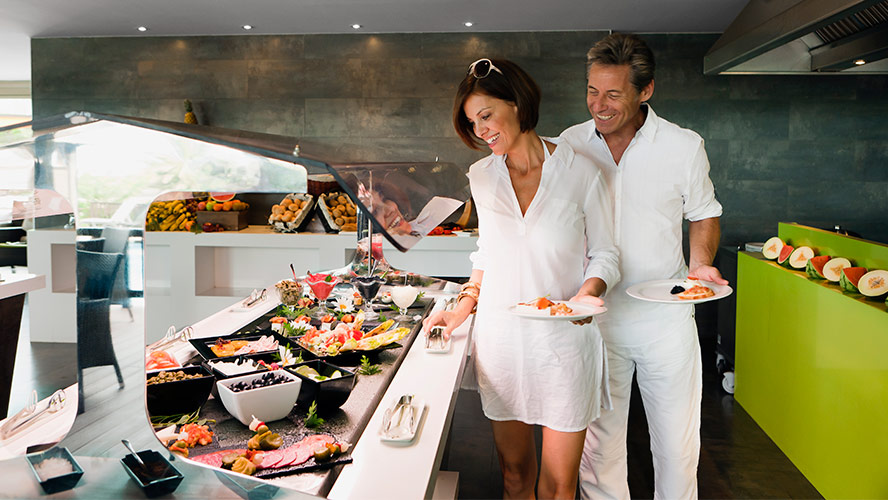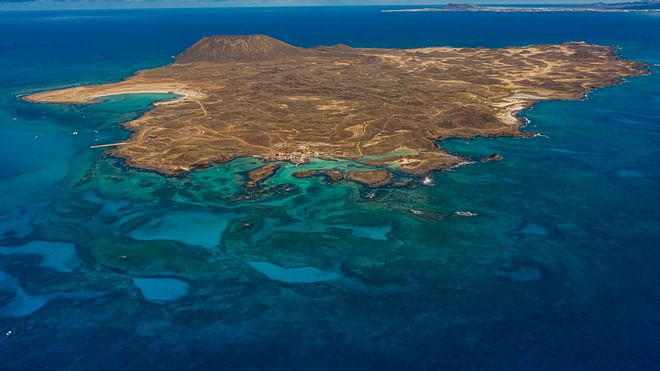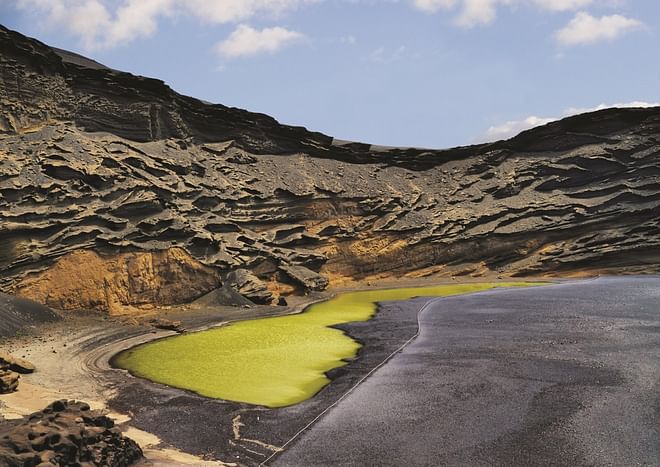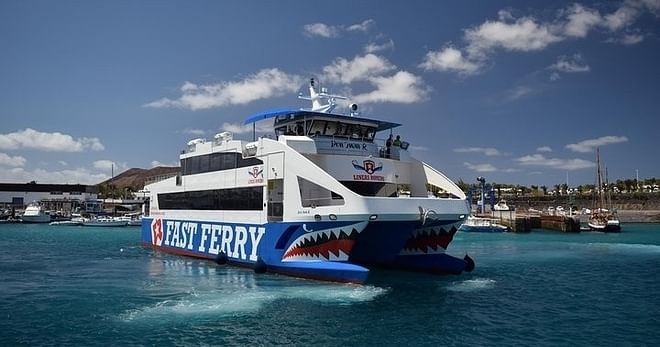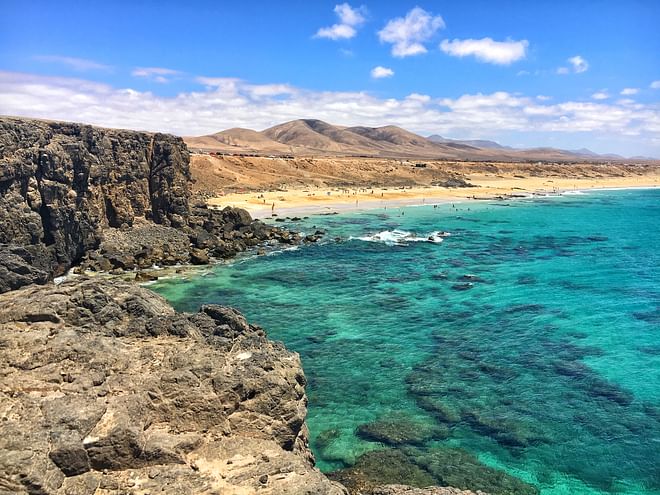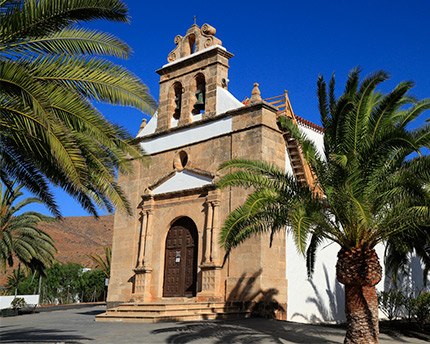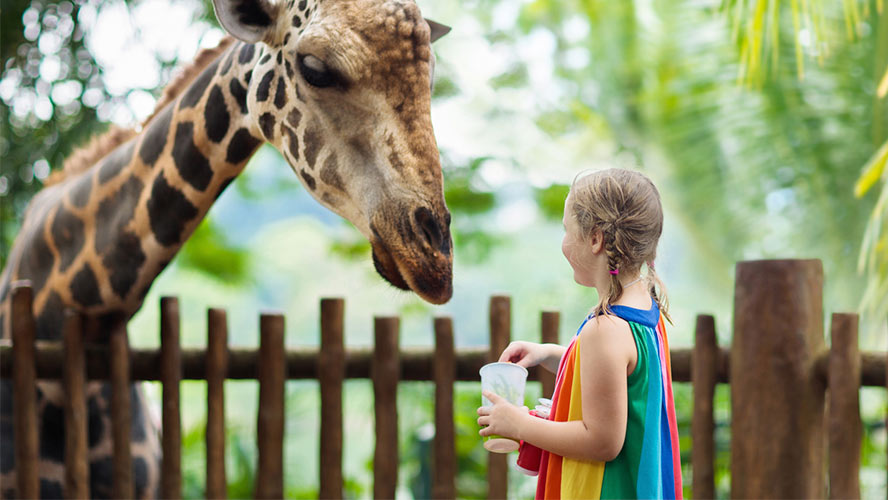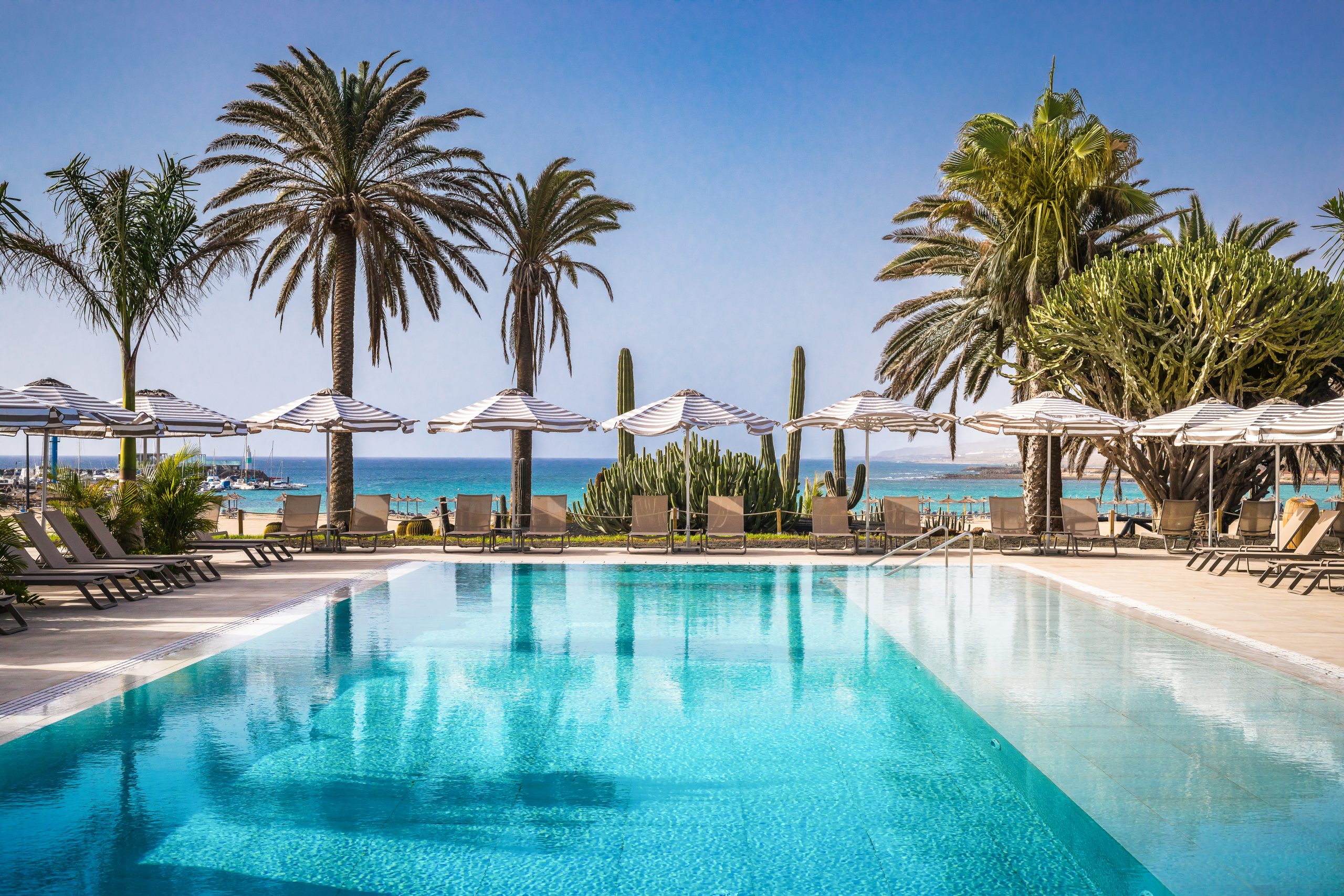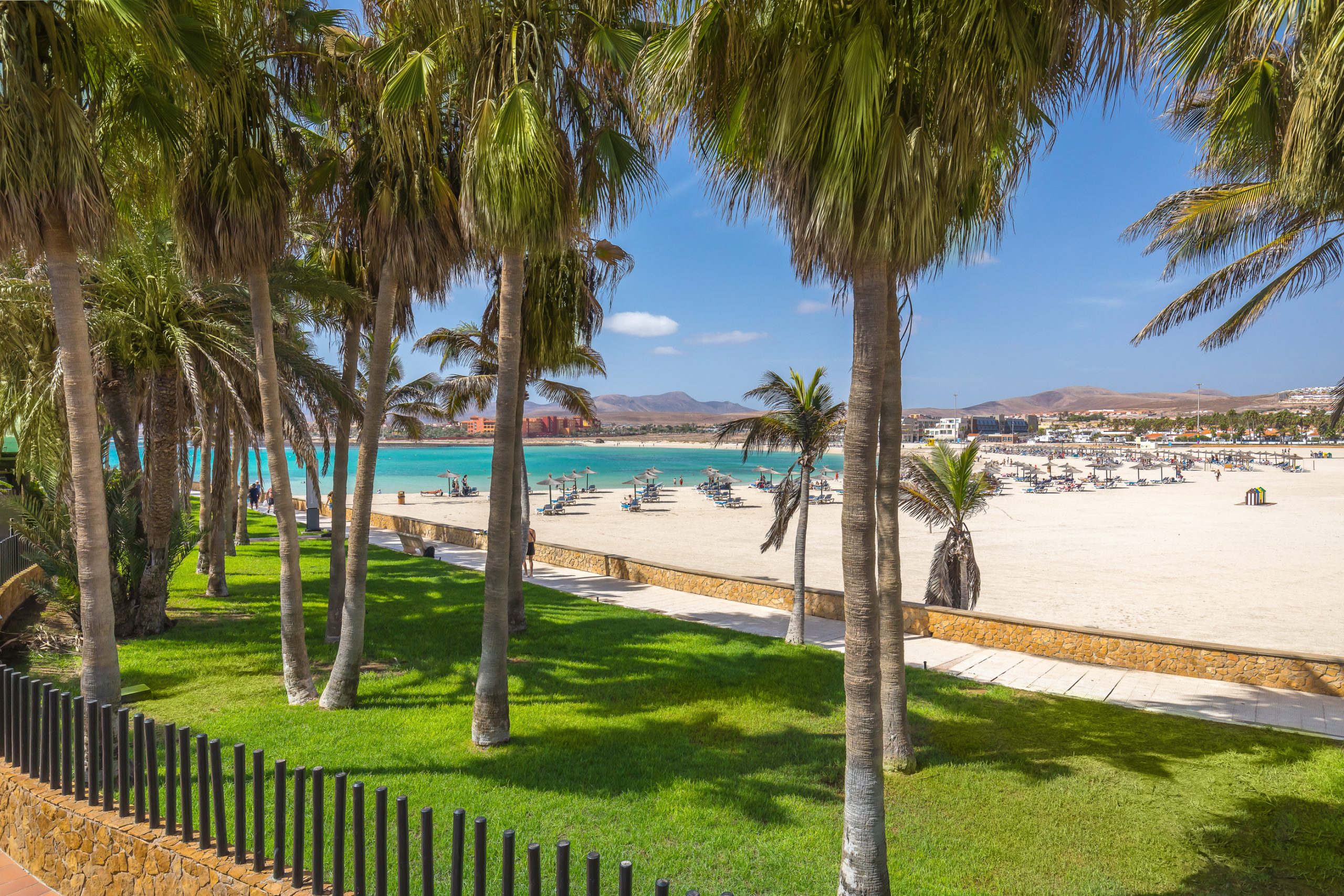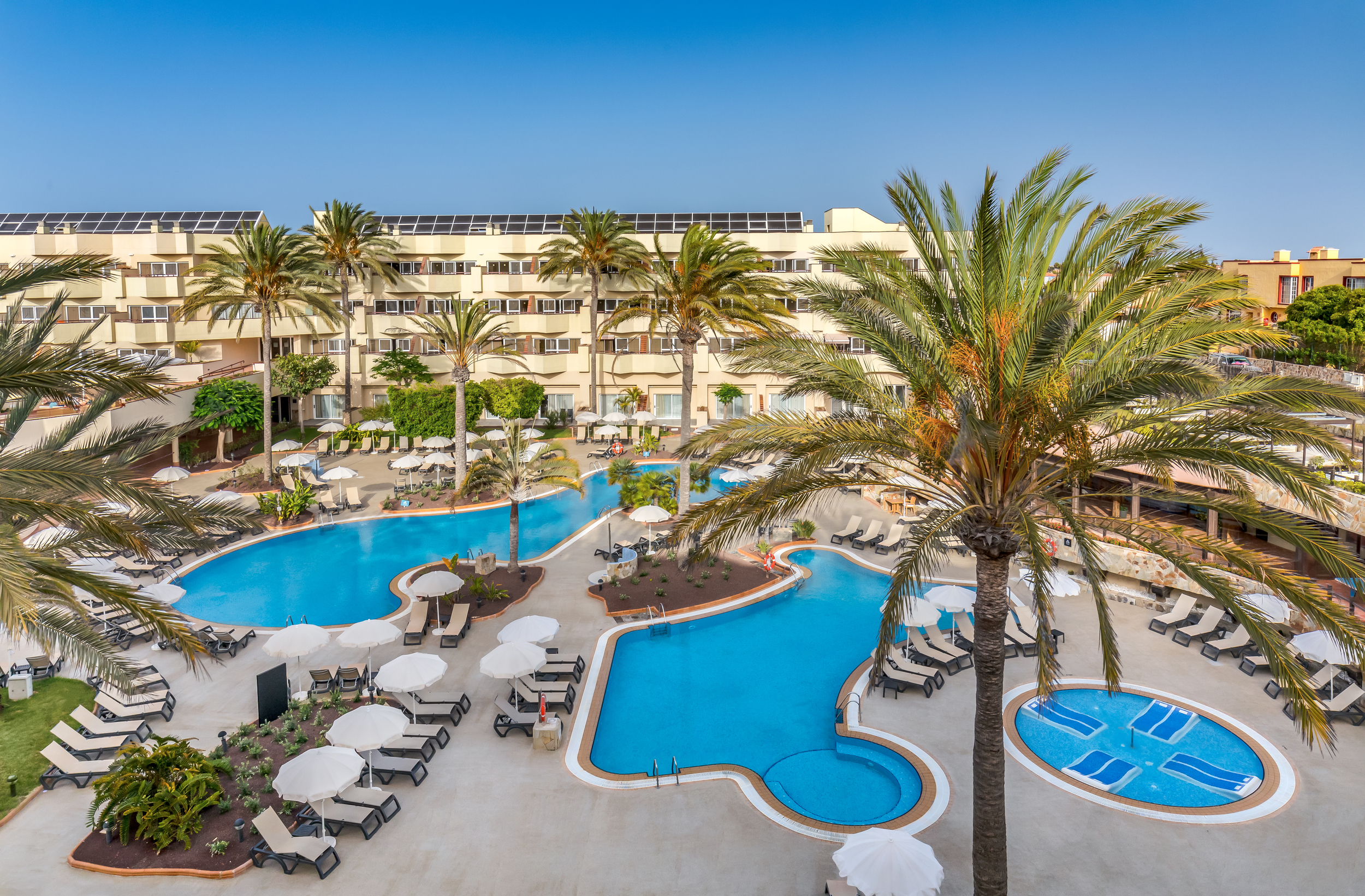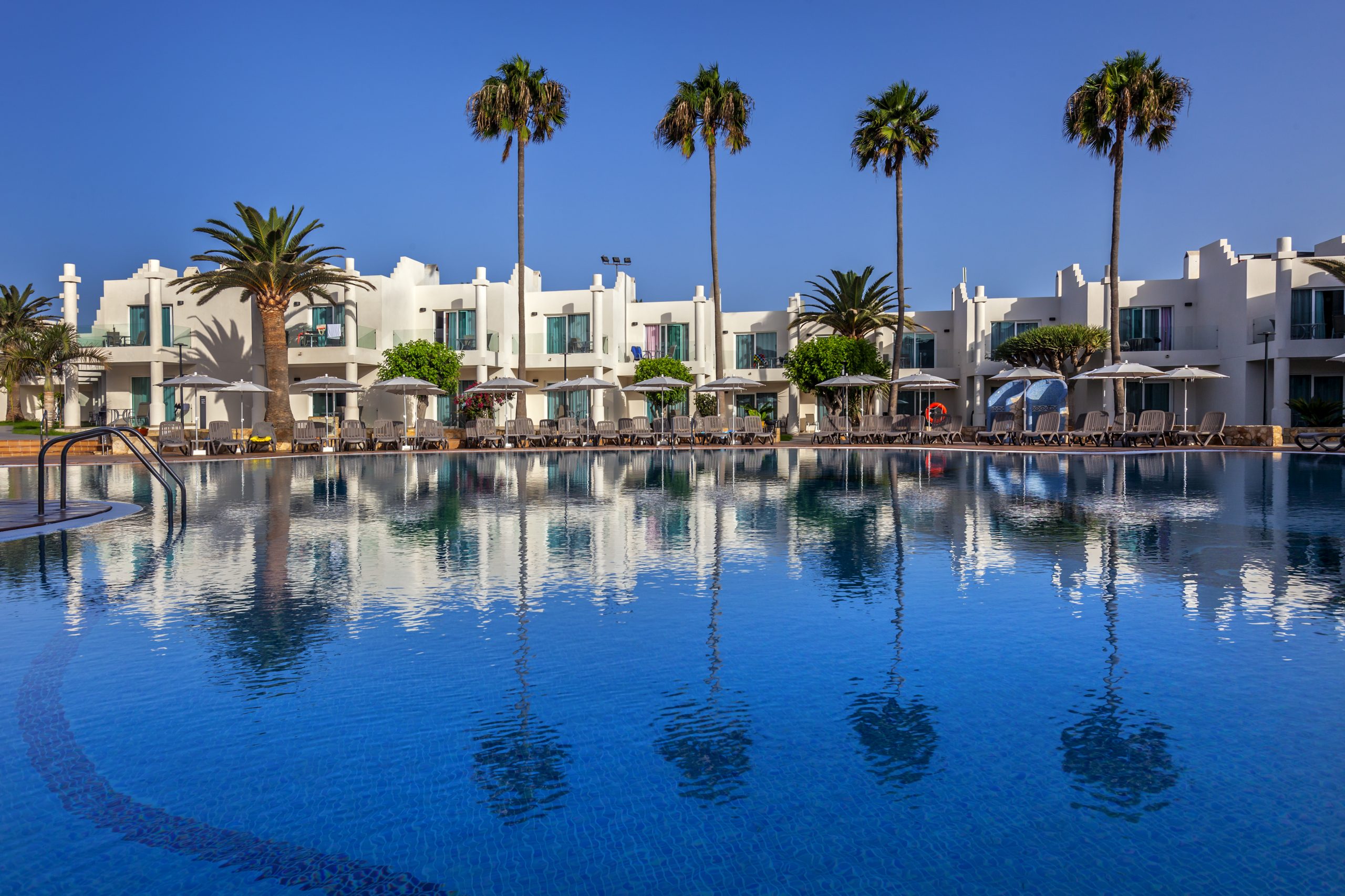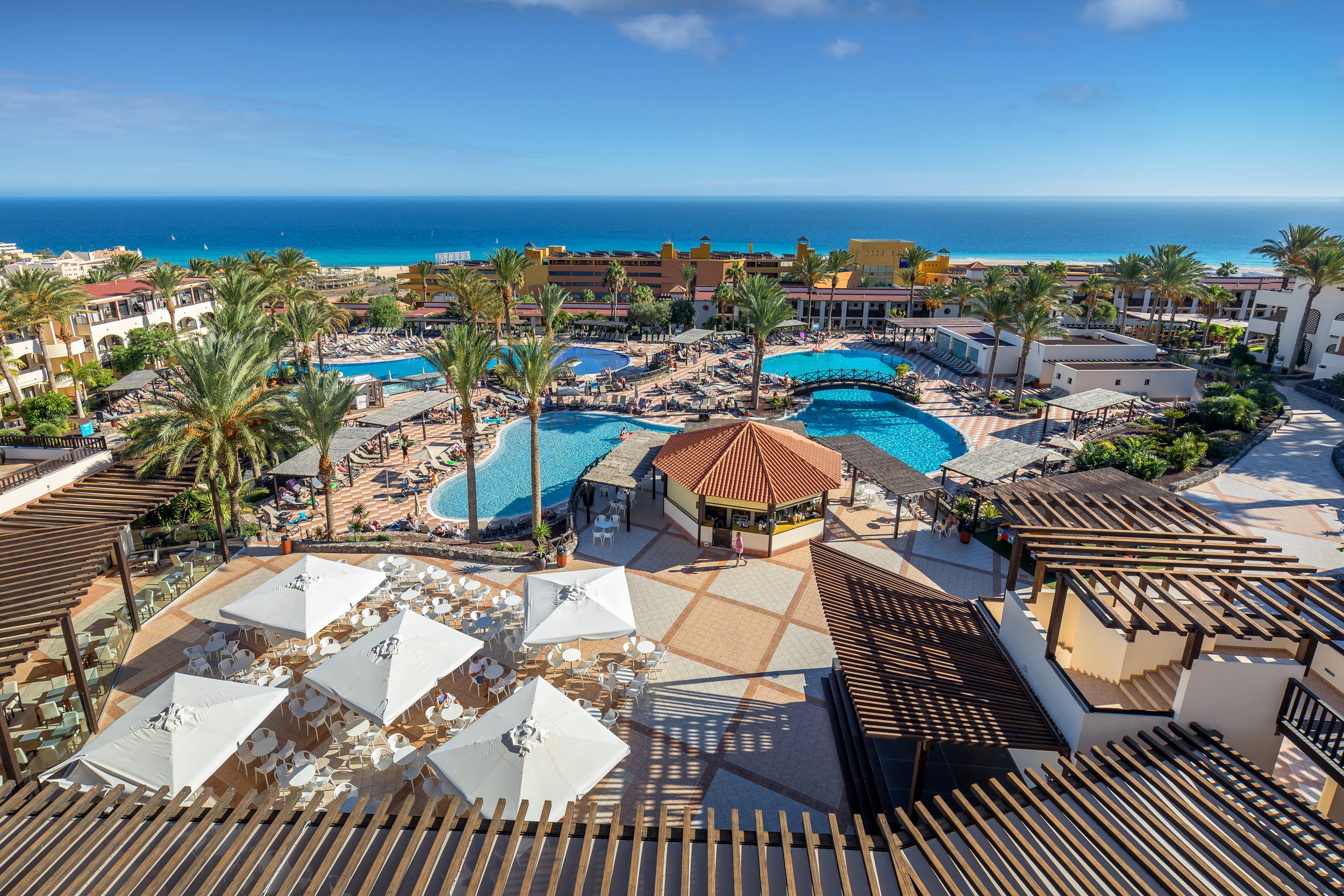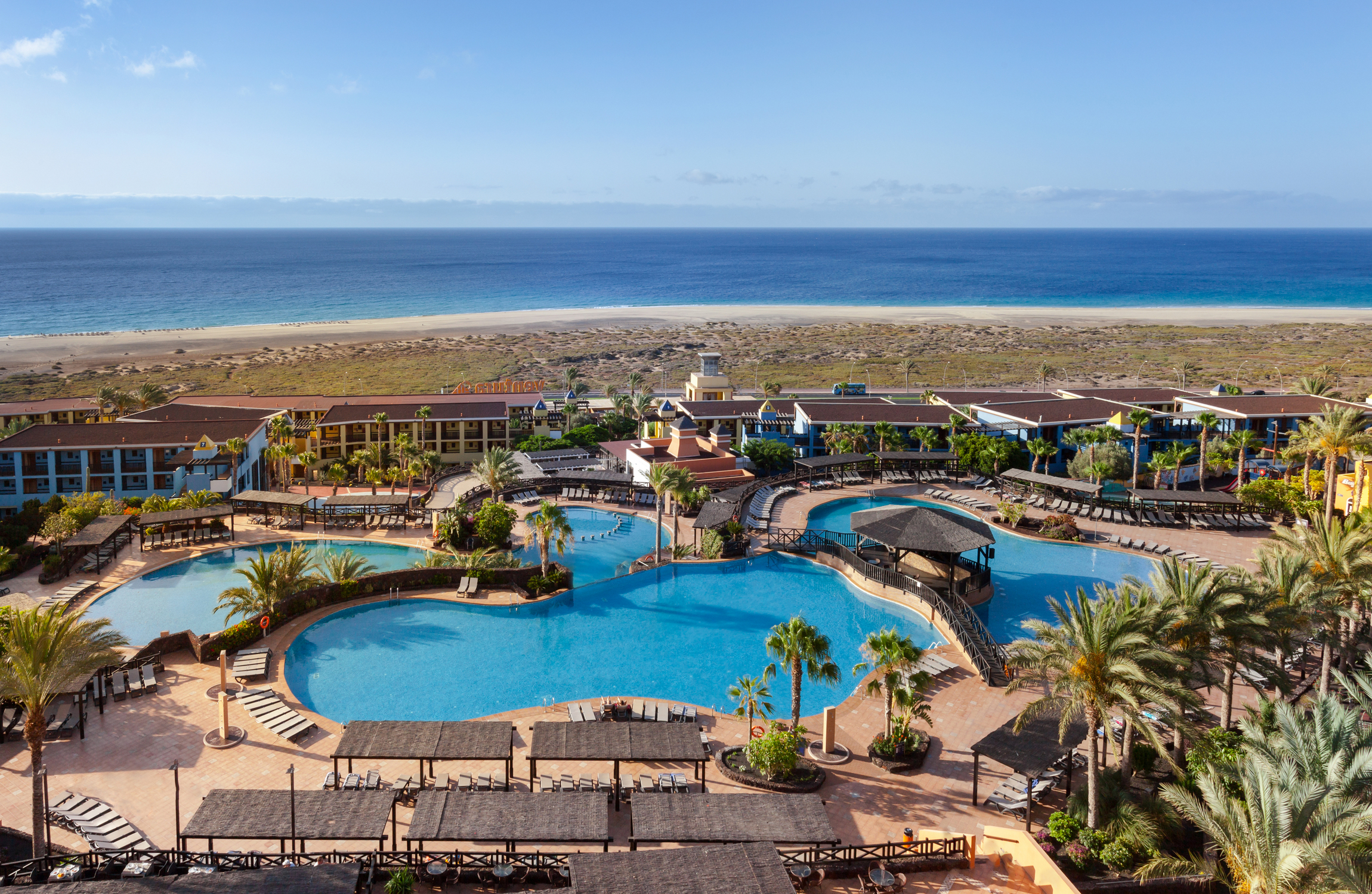Fuerteventura welcomes thousands of travellers each year who are drawn here by its mild climate and year-round pleasant temperatures which are due to its proximity to the African coast. You’ll never be bored on a visit to the island because nature has blessed it with vast, fine sandy beaches, perfectly clear waters for diving, and wind and waves that are great for surfing and windsurfing.
When choosing which tourist area to stay in, or the most convenient as a base for travelling around, remember that there are three main areas: the north, home to Corralejo and its famous dunes; the centre-east and Cofete, and Jandía in the south with its numerous tourist complexes. Of course, Fuerteventura’s small size means travelling around doesn’t take long because it’s only 142 km from tip to tip. It’s mainly flat, compared to other islands in the archipelago, with a maximum altitude of 800 m, and doesn’t have densely forested areas either.
Related experiences
Guided tours around the island
The first time you visit a new destination it’s a good idea to sign up for a few guided tours that will show you its main attractions. Fuerteventura has numerous options including historical tours, experiences in nature and active tourism. Select full-day organised excursions when you want to see places some distance away, or half-day excursions if you’d like to leave your afternoons free. Then you can unwind or relax on the beach with no stress.
A full-day excursion will allow you time for an itinerary which takes in the Dunas de Corralejo Natural Park, the beaches of El Cotillo, as well as an aloe vera plantation (see excursion). Other fascinating options include spending a day on the Isla de Lobos or an excursion to see the island’s prettiest towns and villages, such as Betancuria, which seem to belong to a past age.
Water parks
A holiday is just not the same without moments of fun and an adrenaline rush that leaves us relaxed for several days. One way to achieve this is to visit a water park with the freedom to enjoy all its attractions. In Fuerteventura, you can find truly original attractions such as the small water parks for private use located by the sea, where you can have a great time hurling yourself down the slides.
Other possibilities that might interest you are the Acua Water Park in the Corralejo resort, and Oasis Wildlife Fuerteventura, located in the municipality of Pájara which (although it is not a water park) is one of the Canary Islands’ largest botanical gardens and zoos.
Surfing lessons in Fuerteventura
Surfing in Fuerteventura is one of the most popular sports to do on the island because of the wonderful conditions here in terms of both the sea and wind. The best way to get started is by signing up for a course that explains the basic safety measures (so you don’t run into any difficulties), familiarises you with the equipment and shows you surfing’s technical side. It’s easy to find reasonably priced, quality surfing lessons in Fuerteventura. Courses should include insurance and you need to bring sun cream, a towel, swimming things, drinking water and the desire to have a great time!
Boat trips around Fuerteventura
If you stay on an island and don’t go on a boat trip, you’re missing out, as the ocean forms an intrinsic part of the setting. It is very easy to arrange a boat trip in Fuerteventura: you can choose to travel on a ferry to the Isla de Lobos or any other island in the archipelago, or you can book an organised sailing trip.
Exploring the coast in a catamaran, dinghy or glass-bottomed boat to see the ocean floor is really good fun. Moreover, there are normally scheduled stops for a meal on the high seas and to go snorkelling.
Kayaking in Fuerteventura
If you find boat trips exciting, imagine what it is like to have direct contact with the sea from your own kayak. There are also guided kayak activities where you go out in a group to explore the coast of Fuerteventura and to row in and out of the caves. If you have plenty of experience you can go out to sea alone, but it is always advisable to go with an instructor who is familiar with the sea currents. Very important: wear a life jacket, sunglasses, sun cream and hat, and take water with you in the kayak. If you want to take your mobile phone with you to take photographs, don’t forget to buy a protective cover.
Bicycle hire in Fuerteventura
Vehicles like bicycles help to protect the planet and are a great way to keep fit. Whether you’re a cycling fan and use a bicycle daily or just fancy a cycling tour around Fuerteventura, we recommend an e-bike tour along the Ruta de los Volcanes, which takes you to Calderón Hondo, a well-preserved crater, the village of Majanicho and Las Palomitas Beach [Popcorn Beach].
Best of all, the fact that it’s an electric bicycle makes for a much easier ride.
Quad biking and buggy tours in Fuerteventura
What would life be like without a bit of excitement? If that’s how you see things, you need to include everything above in your holiday schedule (kayaking, sailing, cycling) — and a quad bike or buggy expedition. These vehicles are perfect for travelling across uneven terrain and tackling slopes to add some real thrills. One of the most exciting itineraries in Fuerteventura that you can explore in these types of vehicles stops off in the Dunas de Corralejo Natural Park, the volcanic area of Villaverde, and the Parque Holandés. In addition, the excursion includes a break to have lunch and recharge your batteries at a traditional restaurant. It’s the perfect activity to do with friends or as a family (children must be 4+ to go in a buggy and 12+ for a quad bike.)
Visit Isla de Lobos
This small islet covering just over 4 km2, lies between Fuerteventura and Lanzarote, about 4.5 kilometres off the coast of Corralejo So a visit to the Isla de Lobos can be undertaken within a reasonable amount of time, and is a great change of scene a few days into your stay in Fuerteventura. All you need to do is to board the ferry from Caleta del Fuste and sail over the ocean to this rocky island that, like its bigger, sister islands, was formed by volcanic eruptions. The islet is a protected space under the Islote de Lobos Natural Park Declaration, because of its exceptionally rich biodiversity: it is home to over 100 species of plants, as well as many birds and other marine creatures.
Tour of the south of the island
A good number of visitors to Fuerteventura prefer to stay close to the hotels and beaches in the north of the island. But in fact, a tour of the south of the island can be at least as enjoyable. The south has places with great historical value, such as Betancuria (which was Fuerteventura’s capital for over four centuries). It has its natural attractions too, such as the caves in the fishing village of Ajuy. The south also has what is known as the Costa Calma on the Jandía Peninsula in the form of the sandy beach of Sotavento which, at 18 kilometres in length, seems to go on for ever. A perfect spot to relax in the sun, feel the sea breeze, and even go for a refreshing dip.
Dolphin spotting
One of the Canary Islands’ many claims to fame in terms of nature is the fact that their coasts are frequently visited by all kinds of sea mammals. And the sightings of dolphins are among the most frequent, as well as the most spectacular. On board the modern catamaran Magic Select, you can experience the thrill of seeing dolphins swimming at high speed parallel to the hull of the boat, sometimes leaping above the surface and sometimes playing. This form of dolphin spotting respects the freedom of the cetaceans, and avoids disturbing their progress across the Atlantic Ocean or any part of their life cycle.
Jeep tours of Fuerteventura
There is no doubt that an all-terrain vehicle is the best way to reach some of the more remote and inaccessible parts of the island. Among the many jeep tours of Fuerteventura, an outstanding example is the one that takes you through the Jandía Natural Park and Cofete. In addition to some of Spain’s longest and most impressive beaches (such as Cofete and Juan Gómez), the tour takes in incredibly beautiful desert landscapes. Also highly recommended are the inland tours across wild and desolate landscapes, and the tours of the municipality of La Oliva, arriving at Cotillo beach.
Where to stay in Fuerteventura
As we mentioned above, visitors to Fuerteventura normally stay in one of three main areas. If you want a hotel in the northern area of Corralejo, there are two great options to choose between: Barceló Corralejo Bay, a comfortable four-star adults-only hotel with large pools, a spa and gym; and Barceló Corralejo Sands, which is a little smaller and perfect for families, friends and couples.
There are also several options in the centre of the island around Caleta de Fuste, such as Barceló Castillo Royal Level on the beach front, which has 70 high quality rooms spilt between suites and junior suites; the Barceló Castillo Beach Resort, which has more than 400 bungalows and studios for families and long-stay travellers; and Barceló Fuerteventura Thalasso Spa which has 462 rooms but is an oasis of calm by the sea with a range of wellbeing services.
Finally, there are three wonderful four-star hotels in the south by the sea: Occidental Jandía Mar, which is perfect for children (it has a great kids’ club) and adults, who’ll love its U-Spa; Occidental Jandía Playa which is extra fun with pools, family activities, a spa, bars, etc.; and, finally, Occidental Jandía Royal Level which offers its guest outstanding service and luxury accommodation. This extra level of comfort is for adults only.




































































